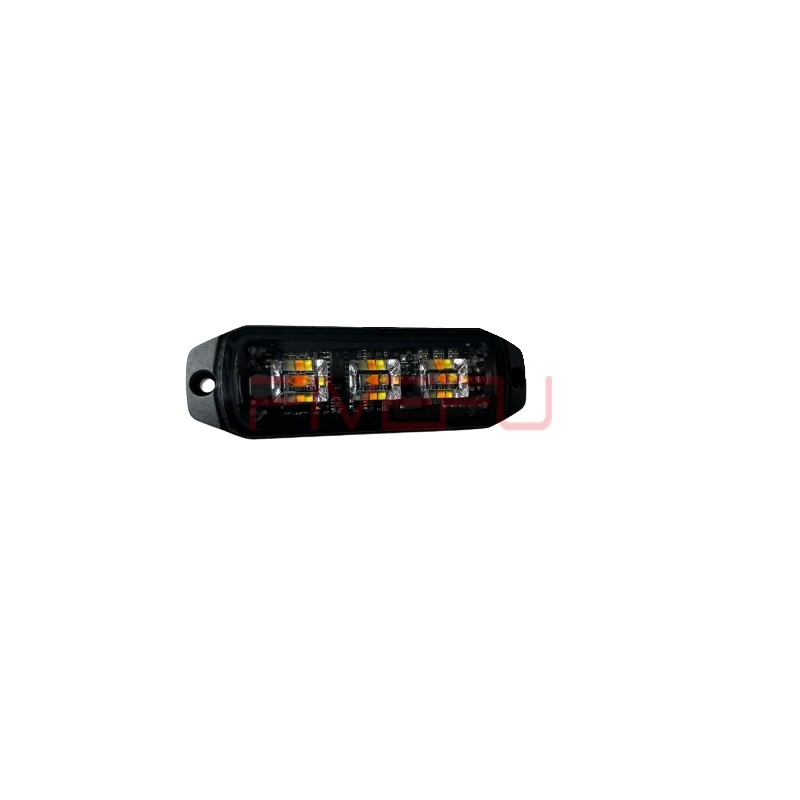Cyclists rely on bike lights for visibility, but steady lights may go unnoticed in traffic. This increases accident risk. Flashing lights enhance visibility, ensuring safety in various conditions.
Bike lights have a flashing option to improve visibility, attract attention, and conserve battery life. This feature is especially useful in urban areas, low-light conditions, and for enhancing rider safety on the road.
Curious about why flashing bike lights are a common feature? Keep reading to explore their benefits and best usage practices!
The Science Behind Flashing Bike Lights
Flashing lights create a contrast effect, making them more noticeable than steady lights. Human eyes are naturally drawn to movement and blinking patterns, increasing the chances of being seen.
Studies suggest that flashing lights improve a cyclist’s visibility to drivers, particularly in low-light conditions and busy traffic environments.
Key Benefits of Flashing Bike Lights
- Increased Visibility– A flashing light stands out more than a constant beam, making cyclists more noticeable.
- Battery Efficiency– Flashing modes use less power, extending battery life.
- Enhanced Safety– They help differentiate cyclists from background lighting and stationary objects.
When Should You Use Flashing Bike Lights?
- Daytime Riding– Flashing lights improve visibility even in bright sunlight.
- Urban Areas– In traffic-heavy zones, blinking lights make cyclists stand out.
- Low-Light Conditions– Early mornings or evenings benefit from increased contrast against streetlights.
When Not to Use Flashing Lights
In certain situations, flashing lights may be less effective:
- Group Rides– Constant lights are preferred to avoid distraction for fellow cyclists.
- Foggy or Rainy Conditions– A steady beam provides better illumination through dense weather conditions.
Conclusion
Flashing bike lights significantly improve safety and visibility, making them essential for urban and low-light cycling.









